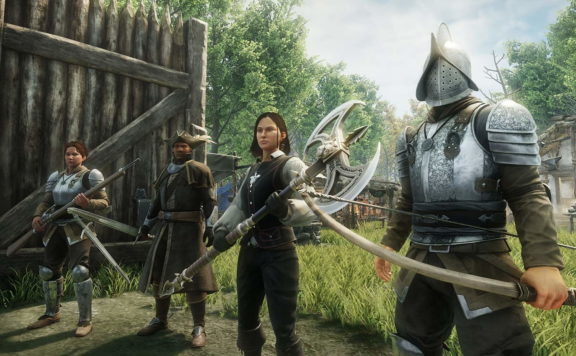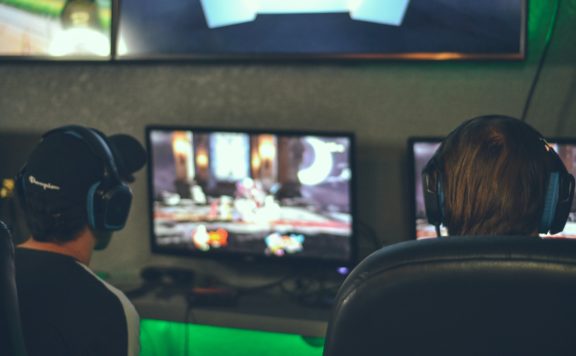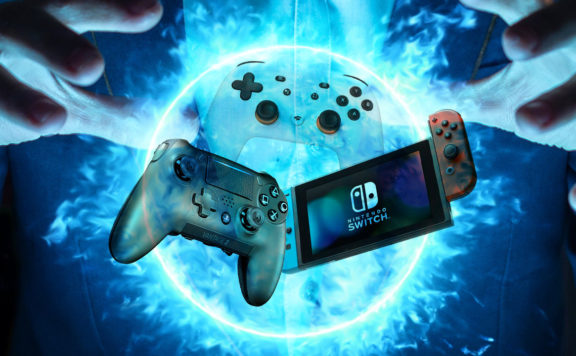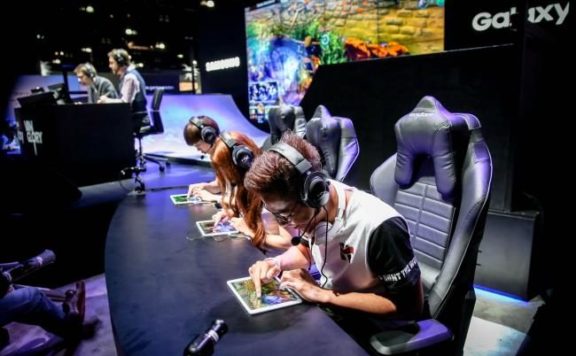Video games are so much more than entertainment. There lies an art, science, and a dash of magic that constitutes the game design process. Game design requires creativity, critical thinking skills, and technical expertise. But most importantly, good game design revolves around an idea with a lot of potential. That’s why game designers are often considered the architects of video games. They are responsible for taking the right idea and creating the overall concept, gameplay mechanics, rules, objectives, and storyline. Creative industries like the gaming industry never lack ideas. But the key is to develop the right idea, build upon it, and execute it well. Game design often stems from a simple notion, like “What if players had to survive on a deserted island?” or “What could a multiplayer battle between ancient gods look like?” But what happens next? Read on.
Blueprinting the Experience
After a good idea, there comes an even better plan. This plan, also known as the game design document, outlines every aspect of the game in detail. It maps out the narrative, characters, mechanics, technical requirements, and even the ambient mood. The design document gives life to the concept, defining how the game will look and behave. This document is so important that it is sometimes called the “game bible” document.
Building Gameplay Mechanics
Gameplay mechanics are the heart and soul of the game. They define how players interact with the world you’ve crafted. For the casual gamer, the mechanics are kept straightforward, often employing a series of core loops (actions and rewards) that keep the game engaging.
Decisions at this stage dictate the game’s core features: Will players solve puzzles, collect resources, or engage in social interaction? Gameplay mechanics are perhaps the most crucial aspect of a game’s design and development, as they ultimately determine its enjoyment factor and replayability.

Crafting the User Experience
User Experience (UX) Design is the emotional backbone of the game. It’s responsible for how you feel when you play the game. For casual games, this means keeping menus simple, ensuring in-game interfaces are clear, and providing guidance that doesn’t spoil the fun of discovery.
Every sound, every animation, and the pacing of the game is carefully curated. There’s a difference between creating the UX for the best roulette online UK games mobile games or creating an experience for console or PC games. Understanding the target platform and audience is vital, so the UX designer is the unsung hero who bridges the gap between player expectations and the game’s reality, ensuring a seamless and intuitive flow from start to finish.
Writing the Game’s Code
Programmers breathe life into the game by translating the design document into a language that computers understand. This step is where the game takes its first digital breath, as lines of code become the foundation of the game’s functionality. Depending on the type of the game, the approach to coding will be different. Game development today is heavily reliant on game engines that provide pre-built libraries of code and tools to help speed up the coding process. Popular game engines such as Unity and Unreal Engine have made it easier for developers to create games for various platforms.
Testing and Iteration Before the Launch
The game design process is anchored in ongoing testing and iteration. Here, the game’s design and mechanics are put through the wringer, with developers ironing out bugs and ensuring gameplay is as smooth as possible. Extensive playtesting is crucial. It validates that the game is accessible, intuitive, and, above all, fun. Finally, when all of the above is done, the game is ready to meet the world. A launch is an exciting and nerve-wracking time, as developers eagerly await the judgment and praise of players.
As you can see, game design is a very complex and multi-faceted process that requires the collaboration of many different professionals. From the initial idea to the final launch, each step is crucial in creating a successful game that resonates with players. It is easy to be critical of games and their flaws, but understanding the amount of effort and creativity that goes into making them can give us a newfound appreciation for this form of entertainment.







